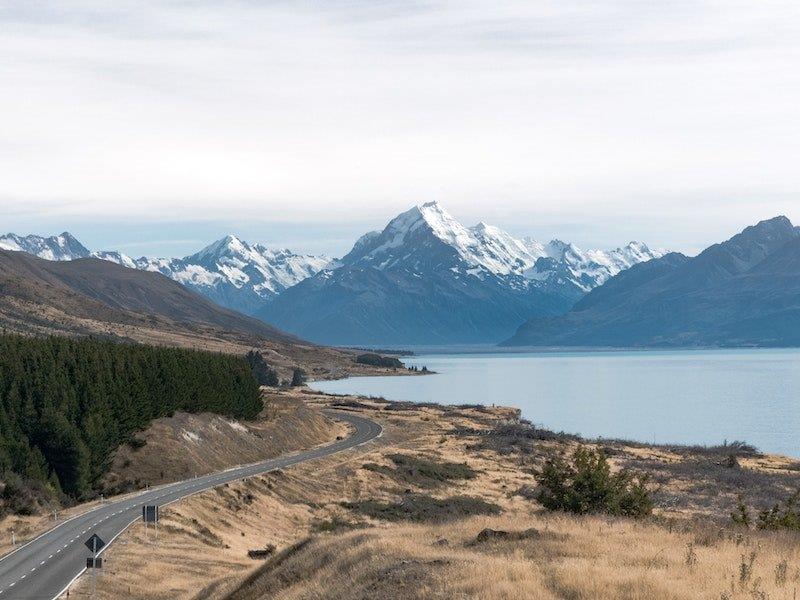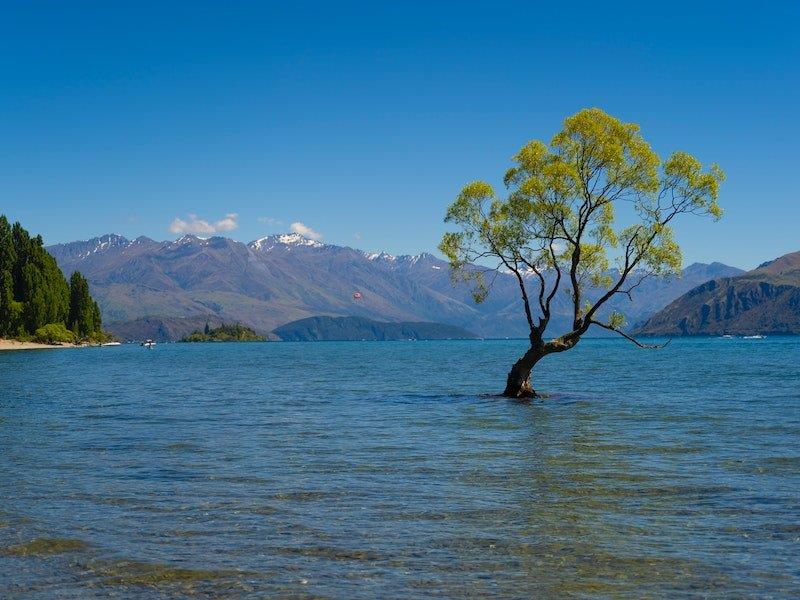New Zealand offers an unparalleled experience for adventure enthusiasts and climbing aficionados. With its breathtaking landscapes, diverse flora and fauna, and a wide range of climbing terrains, it’s no surprise that New Zealand is a popular destination for climbers from all over the world.
In this article, we will explore the 7 best climbing places in New Zealand, how to prepare for your climbing trip, and the visa requirements for visiting the country.

7 Most Popular Climbing Spots in New Zealand
1. Wharepapa South (Froggatt Edge)
Located in the Waikato region on the North Island, Wharepapa South, also known as Froggatt Edge, is a popular sport climbing destination.
With over 100 routes ranging from grade 12 to 27, this limestone crag offers climbers an array of challenges and styles, making it an excellent location for climbers of all skill levels.
2. Paynes Ford
Situated in Golden Bay near Takaka on the South Island, Paynes Ford is a stunning sport climbing area with over 200 routes on limestone cliffs.
With grades ranging from 12 to 29, there’s something for everyone at Paynes Ford. The area also offers fantastic swimming holes and scenic views, making it an ideal location for a climbing vacation.
3. Castle Hill
Famous for its unique limestone boulders, Castle Hill is a world-class bouldering destination located in the Canterbury region on the South Island.
The area boasts a vast array of bouldering problems suitable for beginners and experienced climbers alike. Surrounded by stunning landscapes and the Southern Alps, Castle Hill offers an unforgettable climbing experience.
4. Wanaka
The picturesque town of Wanaka on the South Island is a haven for rock climbers, with numerous crags and climbing areas in the vicinity. Hospital Flat, a sport climbing area just a short drive from Wanaka, offers over 50 routes on schist rock, with grades ranging from 14 to 30.
For bouldering enthusiasts, the nearby Diamond Lake and Flock Hill areas provide a variety of problems set amidst stunning landscapes. Wanaka also serves as an excellent base for exploring the numerous alpine climbing routes in the surrounding Southern Alps.

5. Mount Cook National Park
Home to New Zealand’s highest peak, Mount Cook (Aoraki), this national park is a mecca for alpine climbers. The park offers numerous mountaineering routes, including the challenging ascent of Mount Cook itself.
Less experienced climbers can enjoy the beauty of this park on guided climbs of peaks like Mount Sefton and Mount Tasman.
Please note that alpine climbing in Mount Cook National Park requires experience in glacier travel and crevasse rescue, as well as appropriate equipment such as ice axes, crampons, and ropes, so come prepared if this intense climb is your goal!

6. Fiordland National Park
Fiordland National Park, located on the southwestern corner of the South Island, is known for its dramatic landscapes and remote climbing opportunities. This vast wilderness area offers a range of climbing experiences, from long multi-pitch routes on the Darran Mountains to bouldering in the beautiful Hollyford Valley.
Due to the park’s remote nature, climbers should be well-prepared and experienced in backcountry navigation and self-sufficiency. New climbers should always visit with a guide or other climber with prior experience in the region.

7. The Remarkables
The Remarkables mountain range, near Queenstown on the South Island, is a popular destination for ice and mixed climbing during the winter months.
Wye Creek, situated in the Remarkables, boasts numerous ice routes and challenging mixed climbs, making it an ideal destination for climbers looking to hone their skills in alpine environments.
Tips to Prepare for your Climbing Trip in New Zealand
Before you hop on that plane, there are some things you should consider in terms of planning your trip to New Zealand. Below are some helpful tips to keep in mind before embarking on your overseas climbing journey.
Research Climbing Areas
Before embarking on your New Zealand climbing adventure, it’s crucial to research the different climbing areas to find the ones best suited to your skill level and preferences.
New Zealand offers a variety of climbing terrains, from sport and trad climbing to bouldering and multi-pitch routes.
Make sure you research the best ways to access some of these climbing areas before trying to walk to them all! To get to some of these locations, it may be beneficial to take a car or campervan around New Zealand. If you don’t have one yourself, you can always rent one for your trip for a reasonable price.
Check the Weather Forecast
New Zealand’s climate can be quite diverse, with temperatures varying depending on the region and time of year.
Be sure to check the weather forecast in New Zealand for the specific climbing areas you plan to visit and pack the appropriate gear and clothing. You don’t want to be caught in a rainstorm without your rain jacket!
If you want to avoid cold or rainy weather during your rock climbing trip, consider visiting New Zealand between September and April, during their summer months. At this time of year, you will experience milder weather conditions perfect for climbing.
No matter what time of year you decide to travel, always check the weather the day of before heading out to a climbing spot, especially any remote spots in which you may have poor cell service.
Hire a Local Climbing Guide
If you’re new to climbing in New Zealand or simply want a more in-depth experience, consider hiring a local climbing guide. Not only will they ensure your safety, but they will also be able to offer insider knowledge about the climbing spots, routes, and local customs.
Prepare Your Climbing Gear
Before departing for New Zealand, make sure you have all the necessary outdoor climbing gear, such as climbing harnesses, climbing shoes, helmets, belay devices, and carabiners. Also, don’t forget additional essential items like a first-aid kit, a headlamp, and a multi-tool, so you can remain safe during your trip.
Do I Need a Visa to Visit New Zealand?
Depending on your nationality, you may need a visa to enter New Zealand. As of 2021, citizens of 60 different visa-waiver countries, including the United States, Canada, and the United Kingdom, can visit New Zealand for up to three months without a visa.

However, you must apply for a New Zealand ETA before traveling. This electronic document will grant you permission to visit New Zealand without a visa as long as you come from a qualifying visa-waiver country.
Visitors from non-visa-waiver countries will need to apply for a visitor visa, which allows stays of up to nine months. It’s essential to check the current visa requirements for your specific country before planning your trip.
Conclusion
New Zealand is truly a rock climber’s paradise, offering a wealth of climbing opportunities for adventurers of all skill levels. From sport climbing at Wharepapa South and Paynes Ford to bouldering at Castle Hill and alpine climbing in Mount Cook National Park, there’s no shortage of breathtaking locations to explore along your own New Zealand itinerary.
Remember to research and prepare adequately before embarking on your climbing adventure, and be sure to check the visa requirements for your specific nationality. With its diverse climbing landscapes and stunning natural beauty, New Zealand is sure to provide an unforgettable experience for climbers from all corners of the globe.

No Comments